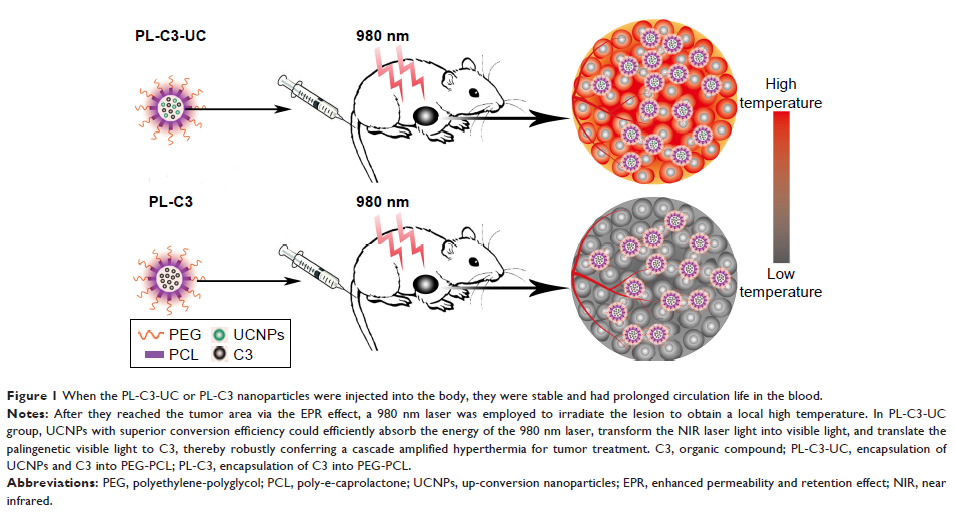9 1 2 3 6
论文已发表
注册即可获取德孚的最新动态
IF 收录期刊
- 2.6 Breast Cancer (Dove Med Press)
- 3.9 Clin Epidemiol
- 3.3 Cancer Manag Res
- 3.9 Infect Drug Resist
- 3.6 Clin Interv Aging
- 4.8 Drug Des Dev Ther
- 2.8 Int J Chronic Obstr
- 8.0 Int J Nanomed
- 2.3 Int J Women's Health
- 3.2 Neuropsych Dis Treat
- 4.0 OncoTargets Ther
- 2.2 Patient Prefer Adher
- 2.8 Ther Clin Risk Manag
- 2.7 J Pain Res
- 3.3 Diabet Metab Synd Ob
- 4.3 Psychol Res Behav Ma
- 3.4 Nat Sci Sleep
- 1.9 Pharmgenomics Pers Med
- 3.5 Risk Manag Healthc Policy
- 4.5 J Inflamm Res
- 2.3 Int J Gen Med
- 4.1 J Hepatocell Carcinoma
- 3.2 J Asthma Allergy
- 2.3 Clin Cosmet Investig Dermatol
- 3.3 J Multidiscip Healthc

量身定制的 PL-UC-C3 纳米粒子,用于荧光/计算机断层扫描成像引导的级联放大光热疗法
Authors Xie X, Song J, Hu Y, Zhuang S, Wang Y, Zhao Y, Lu Q
Received 20 September 2018
Accepted for publication 24 October 2018
Published 19 November 2018 Volume 2018:13 Pages 7633—7646
DOI https://doi.org/10.2147/IJN.S188169
Checked for plagiarism Yes
Review by Single-blind
Peer reviewers approved by Dr Cristina Weinberg
Peer reviewer comments 2
Editor who approved publication: Dr Mian Wang
Background: Development
of the burgeoning number of photothermal therapy (PTT) agents has drawn a huge
amount of interest, since PTT treatment is a powerful and effective alternative
to traditional treatments. Optimal PTT agents should integrate some essential
preconditions including negligible systemic toxicity, deep penetration into
tumor tissues, and maximum laser energy absorbance. Unfortunately, only few of
the PTT agents reported could meet all of the above mentioned conditions.
Methods: Here, we
report a brand new PTT agent through the encapsulation of NaGdF4:Yb,Tm@NaGdF4:Yb (UCNPs) and
an organic compound (C3) into poly-e-caprolactone-polyethylene-polyglycol
(PCL-PEG) (PL-UC-C3 NPs).
Results: UCNPs as
an up-conversion material and C3 as a PTT agent both feature low cytotoxicity,
and most importantly, UCNPs with superior conversion efficiency could
efficiently absorb the energy of a 980 nm laser, transform the near-infrared
laser light into visible light, and translate the palingenetic visible light to
C3. The usage of a 980 nm laser ensures a deeper penetration and lower energy,
while the highly efficient absorption and transformation process confers a
cascade amplified hyperthermia for tumor treatment.
Conclusion: In this regard,
our research provides a powerful and robust breakthrough for
florescence/computed tomography imaging-guided PTT treatment, lighting up the
clinical application in cancer treatment.
Keywords: photothermal
therapy, PCL-PEG, up-conversion, excellent photothermal stability, high heat
conversion efficiency
